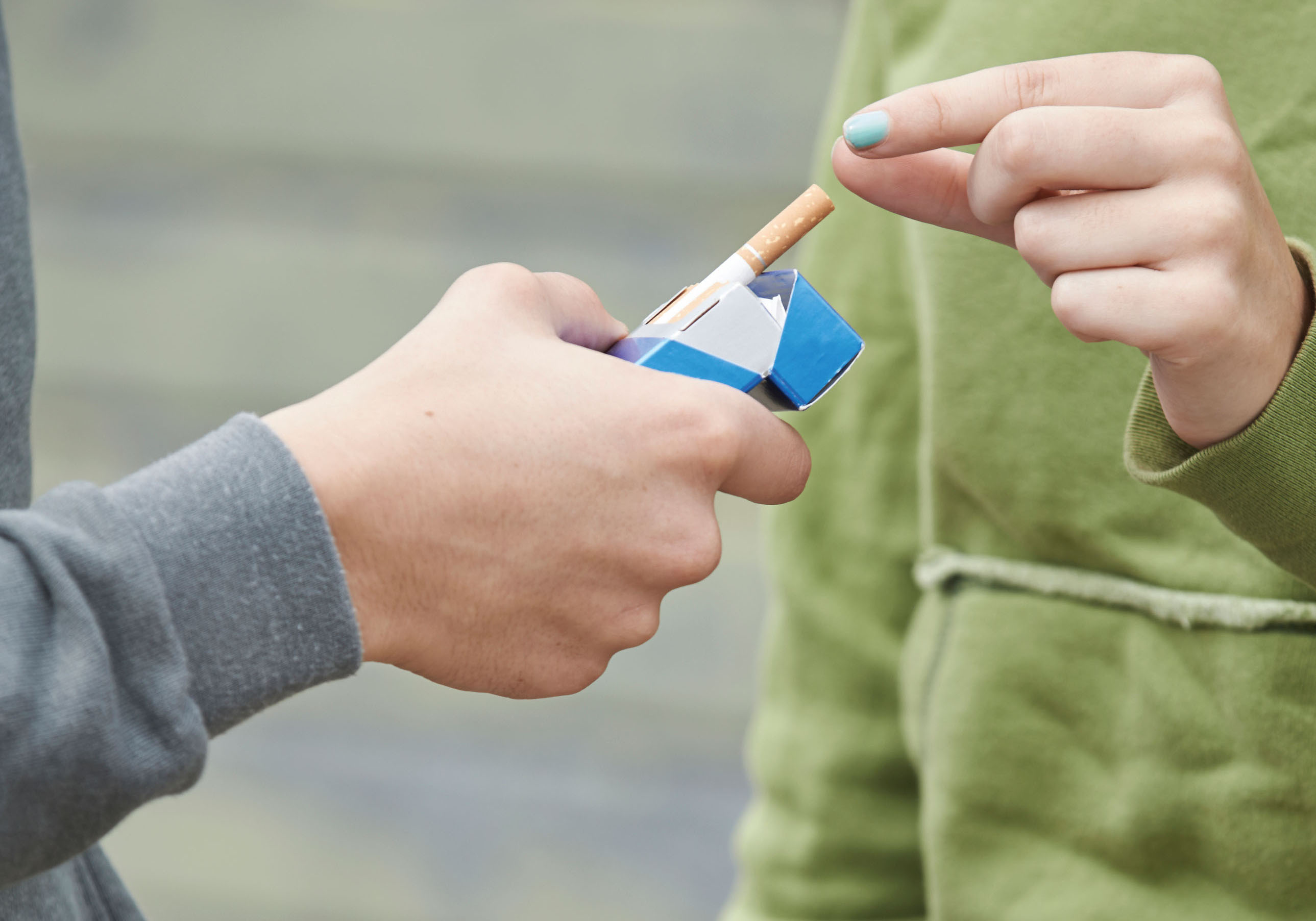Although overall smoking rates are decreasing among adolescents and young adults, a new trend is emerging: those who smoked their first cigarette between ages 18–23 increased from 21% in 2002 to 43% in 2018, researchers reported in JAMA Network Open. The increase in young adult first-time smokers comes at a time when smoking initiation rates are decreasing among younger teenagers.
Researchers analyzed the reported smoking behavior of 71,756 people aged 22–23 who responded to the National Survey on Drug Use and Health from 2002–2018. They found that the proportion of people in that age group who had ever smoked all or part of a cigarette decreased from 75% to 51% and those who had ever engaged in daily smoking for a period of at least 30 days decreased from 41% to 20%.
However, among those who had ever smoked by age 22 or 23, the proportion who reported that they first did so between the ages of 18 and 23 rose from 21% to 43% and the proportion of daily smokers increased from 39% to 56% in 2002 and 2018, respectively.
“The expansion of effective nationwide smoking prevention programs and regulatory policies beyond adolescence to additionally target the young adult population warrant consideration to successfully prevent smoking initiation in the United States,” the researchers concluded.
“For a long time, people have talked about how, if we can just get kids past the age of 18 without smoking cigarettes, they’re home free,” Jessica Barrington-Trimis, PhD, the study’s principal investigator, said. “I think that that’s a flawed way of looking at things today.”
Learn more about the youth vaping epidemic on the Oncology Nursing Podcast.






